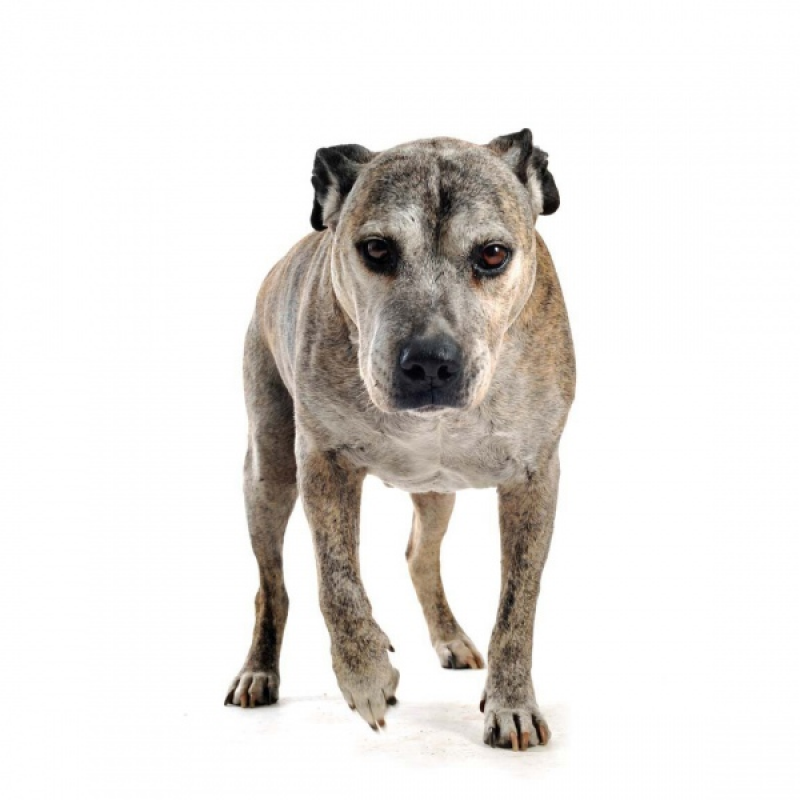Supporting your arthritic pet in winter
Older pets often suffer from arthritis, or degenerative joint disease.
Signs that your dog or cat is experiencing such pain include a limp when rising, reluctance to jump or climb stairs and difficulty using the litter box. Arthritis is often worse during winter, but there are things you can do to keep your pet comfortable when temperatures are low.
Weight management
Check to ensure you are feeding your pet the appropriate amount of food and treats for their life stage and activity level. Maintaining a healthy weight is one of the best ways to reduce the stress on sore joints. If your dog or cat is overweight, reduce portion sizes and replace calorie-laden treats with healthier options such as cooked vegetable. There are prescription diets available that have a specific balance of nutrients to support joints and help with weight loss.
Joint support
One way to ease your pet’s pain is by supporting the production of synovial fluid which cushions and lubricates the joints. There are several brands of dietary supplement that include such ingredients as fish oil, green-lipped mussel extract and glucosamine/chondroitin. These products are simply added to your pet’s food every day.
Hydrotherapy and exercise
Many arthritic animals are reluctant to exercise, yet light movement can be beneficial for increasing circulation and improving muscle tone around arthritic joints. Hydrotherapy, which involves guided exercise on an underwater treadmill or in a warm pool, can relieve pain and pressure while increasing circulation, reducing in?ammation and improving muscle tone. Cats can be gently encouraged to be more active by moving their food bowls around the house so they must walk a little further to eat.
Massage
Another way to increase circulation is through massage. Stroke the affected area while using your thumbs to gently massage tissues surrounding the affected joint. Never apply pressure directly to a bone, joint or other painful region. This not only feels good but will enhance the connection you have with your pet. We are happy to show you some techniques that can help.
Environment
Look at your pet’s environment through their eyes. Which areas of your home could be improved to reduce their difficulties? For instance, place water dishes in each room so that they don’t have far to travel to
have a drink. Consider replacing stairs with a pet-friendly ramp, or removing the sides of your cat’s litter box so they can step in easily.
Medication
Anti-inflammatory medications can make a big difference to your dog or cat’s pain level. Never try to treat their pain at home with human drugs as these may cause serious side effects. Cats are very sensitive to drugs. If you give your pet any natural remedies make sure to let us know so we can avoid any potential drug interactions.
Arthritis is a painful condition for dogs and cats and can adversely affect their quality of life. Together, we can work out a plan to keep your much-loved pet as comfortable as possible.

